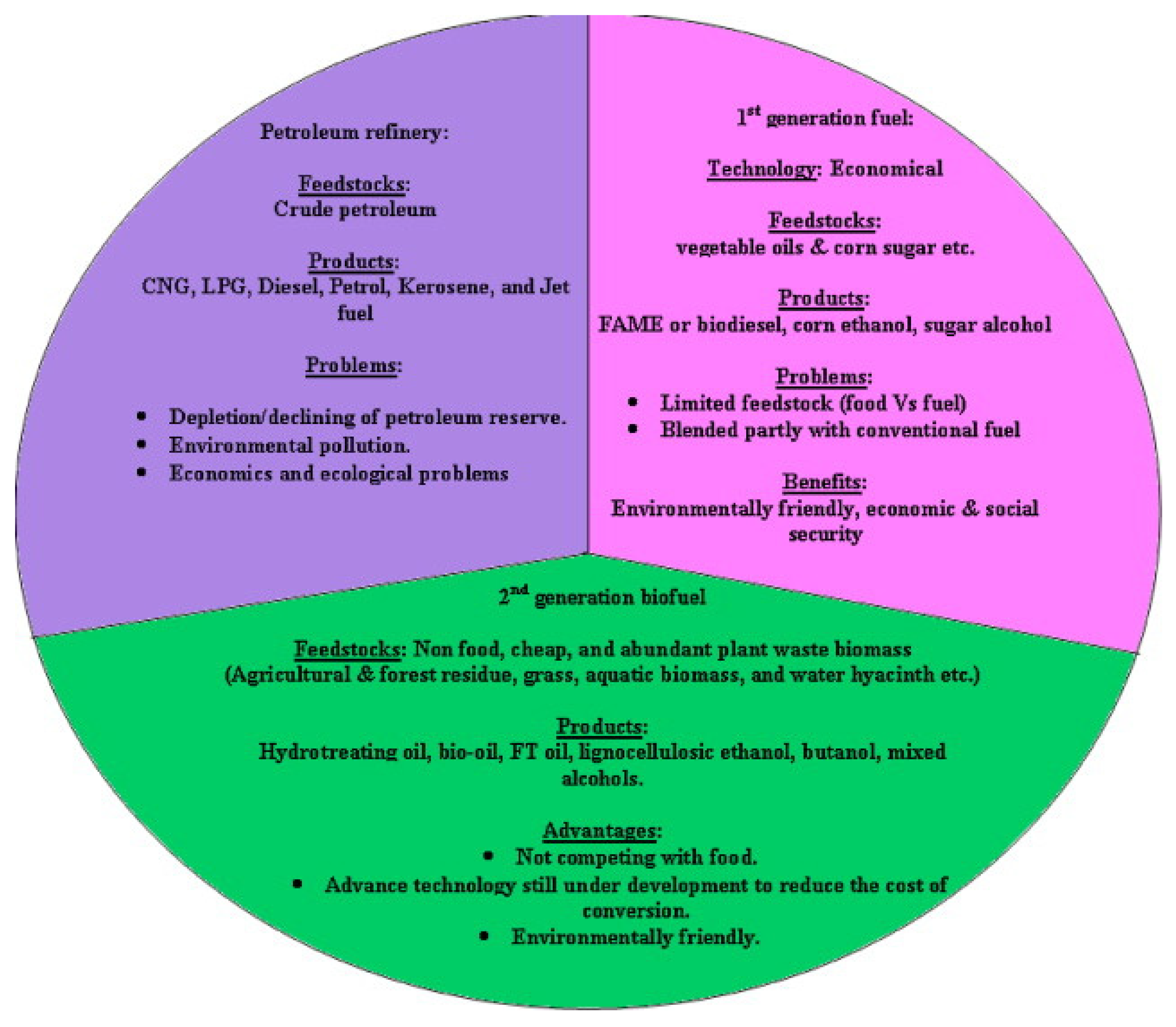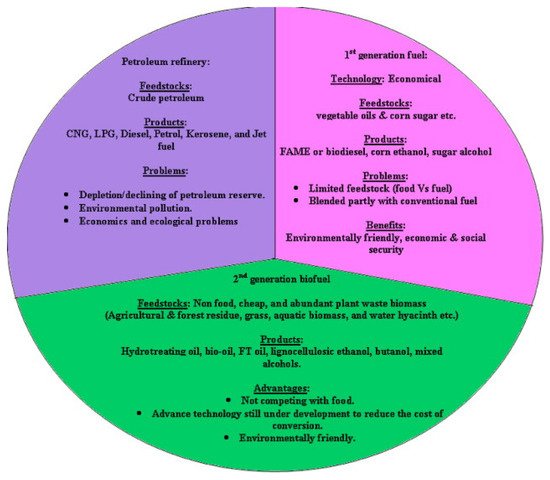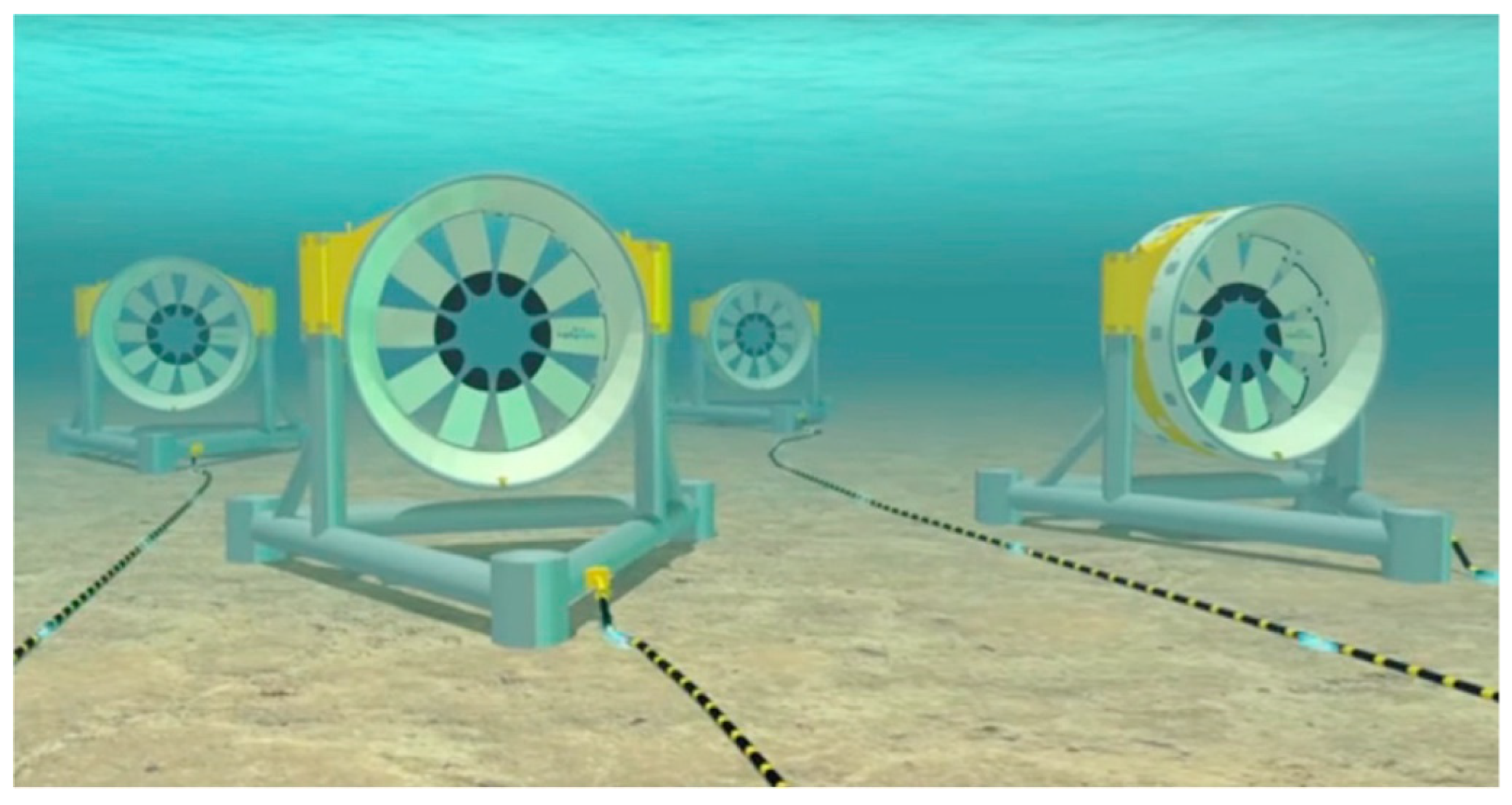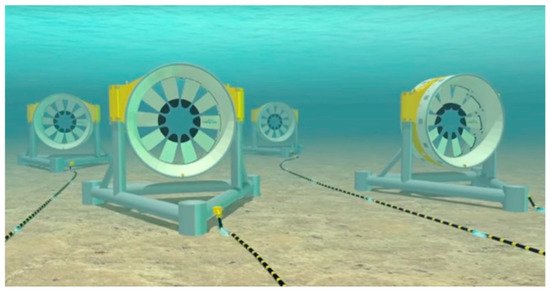You're using an outdated browser. Please upgrade to a modern browser for the best experience.
Please note this is a comparison between Version 1 by Siddharth Suhas Kulkarni and Version 2 by Camila Xu.
The use of fossil fuels to generate energy is often associated with serious negative effects on the environment. The greenhouse gas emissions resulting from burning these fuels destroy the ozone layer and lead to global warming. As a strategic approach to the solution of this problem, calls for research and development, as well as the implementation of technologies associated with renewable energy sources within the European Union (EU), have intensified in recent years.
- renewable energy
- intellectual property
- technology transfer
1. Introduction
Given the negative effects fossil fuels have on the environment, such as the destruction of the ozone layer by greenhouse gas emissions, resulting into global warming, there has been increased global attention towards renewable sources of energy wind farms with wind turbines [1]. Global warming has been blamed for rising sea levels, the increased intensity of droughts, the increased intensity of rainfalls, floods, and an increase in global temperatures [2]. As a result, calls for the research and development of technologies associated with renewable sources of energy have increased in recent times [3]. Additionally, there has been an increase in calls for global partnerships to promote high-level political cooperation in the renewable energy sector [4]. Nations within the European Union have not been left out in this noble initiative [5].
Nations within the European Union have a great potential to significantly increase global greenhouse gas emission. At the same time, they also have the ability to reduce these emissions by developing and implementing technologies associated with renewable energy [6][7][8][6,7,8]. Countries such as Germany (presently a member state of EU) and Britain (presently a former member of EU) have ranked high in the investments associated with renewable energies, as well as global leaders in clean energy investments such as China and the United States of America [9][10][9,10]. Developed nations tend to fear that the implementation of technology transfer policies may deprive innovative firms within their jurisdiction of essential intellectual assets [11]. Developing nations, on the other hand, perceive technology transfer as expensive and that it should be facilitated (funded) by their developed counter parts [12].
One of the ways through which greenhouse gas emissions can be reduced, controlled, or prevented, is by enabling the transfer of clean energy technologies. This measure was listed by the United Nations Framework Convention on Climate Change (UNFCCC) [13][14][15][13,14,15]. Parties to this convention are now leading the enhancement of investments associated with clean energy [16]. As a result, they now recognise the important role that investment in renewable sources of energy plays in the enhancement of clean energy adoption. Many European Union nations, as active members of the UNFCCC, share this approach and set aside larger portions of their budget to invest in renewable sources of energy [17].
The UNFCCC promotes the use of clean energy by encouraging its parties to implement policies that promote the transfer of clean energy technologies [18]. The convention also puts a larger responsibility on developed nations listed in Annex II (which includes European Union nations) to help facilitate the transfer of renewable sources of energy [19][20][19,20]. To successfully implement renewable energy, it is necessary to transfer advanced technologies to regions where older technologies may still be in operation [21][22][21,22]. However, this transfer of technology is subject to concerns directly related to any associated intellectual property rights. European Union nations are no exception to this reality [23]. Consequently, such concerns hinder the transfer of clean energy technologies amongst European Union nations and the world at large [24][25][24,25].
With this risk of hindrance in mind, it is of interest to explore specific research questions, such as whether concerns over intellectual property can stalemate the transfer associated with renewable energy technologies, and whether investments in renewable energy sources (which are essential in the promotion and implementation of renewable energy sources) are correlated to, and thus can be affected by, intellectual property. The present paper provides a critical overview of renewable energy technologies and attempts to answer the aforementioned research questions. Furthermore, for the first time, a statistically significant correlation between investments in renewable energy sources and intellectual property is revealed via statistical analysis conducted using the industry-standard software STATA.
2. Economic Background of Energy Implementation and Promotion of Renewable Energies
2.1. Challenges Linked with Electricity Grids
One of the major enablers of the implementation of renewable energy across the European Union member states is electricity grids [26][27][70,71]. However, these grids have been associated with several challenges, preventing or delaying the evacuation of renewable energy from production sites to consumption sites. The major challenges associated with the European Union electricity grid, especially the smart grid, are system integration, technology maturity, consumer engagement (especially in grid projects), and regulatory barriers [28][29][30][72,73,74].
2.1.1. System Integration
For electricity grids to be successful in their operations, all multidisciplinary stakeholders with divergent opinions, regulations, businesses, interest, and technologies need to be integrated and ensure that grid systems (including smart grid systems) are interoperative [31][75]. This is, however, not the case. Regardless of significant investments made in grid systems (especially the smart grid system), challenges still exist in integrating new technologies into the existing grid. One of these challenges is the failure to integrate ICT systems due to incompatibilities between various IT components and protocols.
2.1.2. Regulatory BARRIER
Governments often play important roles in the implementation and management of grids within the European Union. A government is often the policy maker and, through its regulatory institutions, supervises the implementation of grid projects to ensure that the interests of the stakeholders are taken care of, abusing the market is prevented, and benefits associated with the project are protected. However, the existing policies and legal frameworks were designed to manage traditional (standard) electricity grids. No regulations are specifically designed for the implementation and management of emerging technologies in EU grid systems, such as the smart grid system.
Additionally, despite heavy investments in improving the EU’s electricity network, the current regulations and policies only encourage member states to reduce operation costs by employing cost-efficient technologies rather than upgrading to newer, smarter systems. In 2012 alone, the EU invested more than EUR 6.8 billion into the innovation, research, development, and implementation of over 300 smart grid projects across its member states.
2.1.3. Maturity and Security of Technology and Supply Quality
Newer grid technologies, such as smart grid systems, are often designed to incorporate ICT, power electronics, and storage technologies to ensure that the production, consumption, and transmission of electricity is balanced at all levels. Integrating these systems with old systems will require changing the network control and design. Additionally, the elimination of power factor problems and the synchronisation of new technologies with old technology is needed. For this to be successful, newer technologies must be mature and understood by the operators.
2.1.4. Grids Operating at Full Capacity
Another major challenge facing the electricity grid in the EU is that most grids are operating either beyond or close to their full capacity [32][76]. Furthermore, several cross-border transmission lines in EU member states are near full capacity, and hence may not sufficiently evacuate power to neighbouring nations [33][58]. If these transmission lines are used to evacuate additional power, then the chance of congestion on the grid increases, which makes the cross-border flow of power vulnerable [34][77]. This means that any additional power, especially from renewable sources of energy, needs new transmission lines to be built, which is not cheap [35][78].
2.1.5. The Remote Location of Renewable Power Plants
Resources associated with wind energy are often found in remote regions where the current grids (transmission networks) are not available. Therefore, to effectively evacuate power produced by renewable sources of energy, new transmission networks will have to be built. This not only costly but also comes with its challenges [36][79]. The construction of new transmission networks within European Union member states is often very difficult [33][58]. This is because of opposition from politicians and environmentalists who are against the construction of overhead power transmission lines. It is also extremely difficult to obtain the rights of way for building long-distance transmission lines across European Union member states. In some jurisdictions, approvals for rights of way may take more than 10 years [37][80].
2.2. Challenges Linked with Fuel Transportation
Fuel transportation in the EU mainly takes place in three ways: pipeline transportation, road transportation, and railway transportation [38][81]. The major challenge associated with the transportation of fuel is associated with road transportation. Road transportation is expensive, it is associated with greenhouse gas emissions (emissions come from the trucks transporting the fuel), and it contributes to the accelerated destruction of road infrastructure [39][82].
2.3. The Role of Tax-Payers Money in the R&D of Renewable Energy
Even though the private sector has played an important role in the research and development of renewable energy, EU governments also play their role by providing research funds to government research institutions for the enhancement of research and development related to renewable sources of technology [40][41][83,84].
Studies have shown that government subsidies, which often come in various forms such as tax cuts and exemptions, cash grants, low interest loans, and rent rebates, have a positive effect on the research, development, and investment in renewable energy [42][43][85,86]. That is, taxpayers’ money, which may appear in the form of tax incentives and monetary subsidies, often helps to promote investment in renewable sources of energy (research and development included). Even though both tax incentives and monetary subsidies are in use, tax incentives are more important for promoting innovations and the development of renewable sources of energy [44][87]. Through subsidies, taxpayers’ money can support small, medium, and macro enterprises (private enterprises) in research and development related to renewable energy [45][88].
As result, European Union member states, through taxpayers’ money, develop and implement policies that encourage subsidies and tax incentives, and are geared towards encouraging research and development related to renewable energy technologies in the private sector. Governments should also increase their funding and support to public institutions [46][89].
3. Solar and Photo-Voltaics
3.1. The Technology
Solar energy mainly involves using the sun’s energy to generate electricity through solar photovoltaic cells and CSP (concentrating solar power) systems, or to heat water via thermal systems [47][90]. Figure 17 below shows how solar energy can be used to heat water for domestic use. Photovoltaic systems convert solar energy into electricity directly via a photovoltaic (PV) cell. PV cells are semiconductors that directly convert solar radiation into direct electric current [48][49][50][91,92,93].
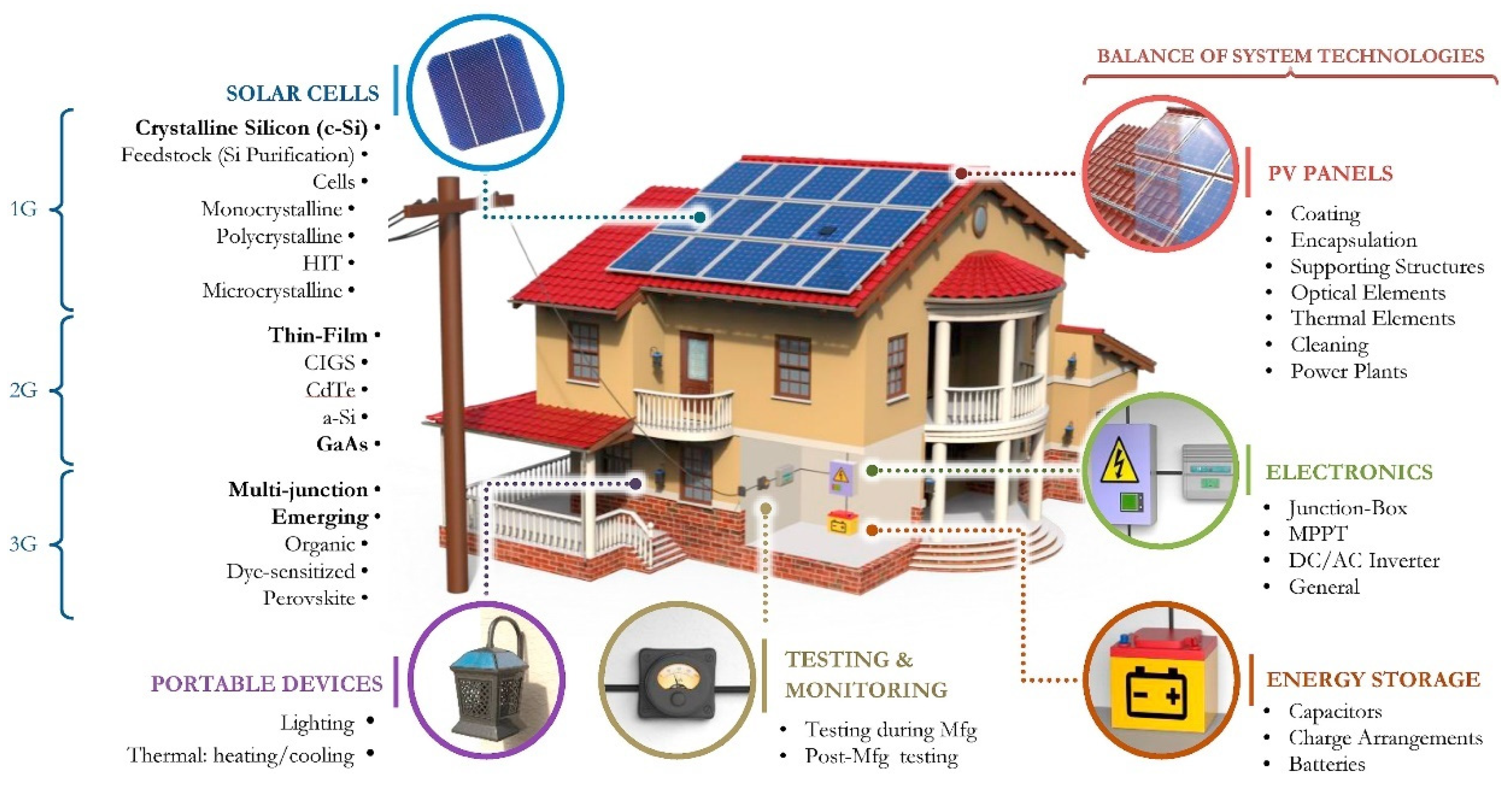
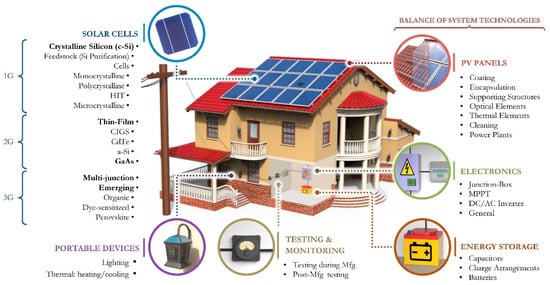


By 2015, the installed solar power capacity in Europe was 97.14 GW, with countries such as Germany, the United Kingdom, Belgium, Spain, Italy, France, and Greece accounting for over 85.7% of this capacity [52][95]. With current campaigns to increase the share of renewable energy in total energy production, the installed capacity is expected to increase to even higher percentages [53][96]. In fact, there is a commitment by European Union nations to increase the proportion contributed by renewable energy by 27% by the year 2030 [54][97].
3.2. Technology Transfer and IPR Challenges
The major issue (barriers) facing the implementation of solar and photovoltaic energy is intellectual property rights [55][98]. While negotiations surrounding other aspects associated with global climate change have progressed, negotiations regarding intellectual property rights associated with solar and photovoltaic technologies (and other renewable sources of energy) have not made significant progress [56][99]. No agreement has been reached regarding the transfer of intellectual property rights associated with either green energies or technologies associated with mitigating the effects of climate change. There are those who argue that intellectual property rights are the barrier to the transfer of clean energy (climate change) technologies [57][58][100,101]. There is also another group of scientists who argue that intellectual property rights are very important incentives for research and development, and innovations. In particular, the main argument is that industrialised nations which bear the largest number of patent applications for renewable energy sources fear that the implementation of technology transfer policies may deprive innovative firms within their jurisdiction of essential intellectual assets [59][102]. Developing nations, on the other hand, perceive technology transfer as expensive and should, thus, be facilitated by developed counterparts [60][103].
As a result of this, there have been debates about who should fund (support) technology transfer, the role of intellectual property rights, and capacity buildings associated with renewable sources of energy, of which solar energy is part of. Therefore, some nations view intellectual property rights transfer as a barrier to the diffusion (transfer) of technology.
3.3. Discussion on the Ramifications for the European Union
This stalemate has resulted in the intermittent implementation of renewable energy technologies among European Union member states. Additionally, the aforementioned stalemate has resulted in fewer renewable energy investments in developing nations. A good example of this ramification is the huge disparity between investment in renewable energy and the number of intellectual property rights. From a statistical analysis of EU intellectual property rights and renewable energy panel data, it was found that nations with larger GDPs tended to have higher number of patent applications and investment in renewable energy when compared to smaller nations. This is evidence of a lack of technology transfer amongst the EU member states.
As a result of these difficulties, technology transfer has been one of the major functions of UNFCCC since it was formed. To enhance technology transfer, the convention (via article 4.5) requires developed nations, to all practicable steps, to facilitate, finance, and promote the transfer of clean energy technologies and intellectual property rights to other nations, especially to developing nations.
4. Biomass and Bioenergy
4.1. The Technology (Including 1st, 2nd, and 3rd Generation)
Biomass includes all organic matter, such as trees, crops, and plants, that collect and store solar radiation via photosynthesis [61][104]. Bioenergy or biomass energy essentially comes from the conversion of biomass into energy such as heat, liquid fuel, and electricity [62][63][105,106]. Biomass can be burnt directly to produce heat energy, or it can also be converted into biofuels which can be transported and stored [64][65][107,108]. Since this type of energy can be transported and stored, its energy supply is highly dependable. This is unlike solar and wind energy, which are often intermittent. Bioenergy can be ategorized into three generations, namely the first, second, and third generation [66][109]. First generation biofuels are made from food crops that are often grown in arable (cultivatable) land [67][110]. Consequently, they compete with food and thus are a food security threat. Second generation bioenergy comes from non-food biomass, but this biomass is also often grown in arable land. This means that they compete with food crops for space [68][69][111,112]. Figure 28 below shows a comparison between petroleum fuel sources and the first two generations of bioenergy. Third generation bioenergy does not compete with food and is produced from non-food biomass. Additionally, this biomass is not cultivated in arable land. They are often cultured [70][113].
4.2. Technology Transfer and IPR Challenges
One of the challenges affecting the transfer of bioenergy amongst European Union member states is the disagreement about how the various resources associated with biomass and bioenergy should be used. Some member states feel that the EU was never transparent on several issues. For instance, it is argued that the EU was never specific about the land use, change of land use, and forestry agreement (also known as LULUCF agreement), which specifically affected the transfer of biomass and bioenergy technology [72][73][115,116]. This agreement covers the use of forestry in developed nations that had pledged to reduce greenhouse gas emissions in accordance with the Kyoto protocol [74][117]. Since a few European Union nations, such as Sweden, Finland, and Austria, have large timber industries and wanted to protect them, the Environment Council of Ministers was not able to agree on the rules and policies associated with forestry in developed nations [75][69].
As is the case with solar energy technology, the transfer of biomass technology as a renewable source of energy is hindered by intellectual property rights [76][118]. It is argued that the issue of intellectual property rights cannot be resolved, so long as the sharing of renewable energy technologies amongst EU member states cannot be agreed upon. Member states holding advanced bioenergy technologies are not willing to share their know-how, nor bear the cost of sharing their know-how [77][119]. Other developed member states are also unwilling to increase costs associated with sharing such technologies [78][120]. On the other hand, EU member states that spend a lot less money on the research and development of renewable energy sources argue that the cost associated with intellectual property rights should be shared amongst all member states [79][121].
4.3. Discussion on the Ramifications for the European Union
The use of biomass to produce energy has negative implications. For instance, first generation biomass can also be used as source of food and is cultivated in arable land [80][122]. This means that embracing this type of energy may result in food insecurity, as crops that should be used as source of food would now be used to produce energy [81][123]. Second generation biomass is cultivated in arable land (land used to grow food crops). This means that embracing this type of technology would result in food insecurity, as land that should be used in cultivation of food crops would now be used to produce second generation biomass [82][124]. As a result, it is recommended that when implementing biomass as a source of energy, only third generation biomass should be considered, as that type of biomass does not compete with food crops in any way, and it is cultured instead of being cultivated [83][125].
Additionally, the regulated use of trees and other biomass as a source of fuel as a way of reducing carbon emissions (as trees act as carbon sinks), as suggested by the LULUCF agreement, would mean that amount of biomass that would be available for processing bioenergy would be limited [84][126].
5. Wind Energy
5.1. The Technology
Wind energy mainly involves the conversion of wind energy into a useful form of energy, such as electricity by wind turbines, mechanical energy by wind wills, pumping water by wind pumps, and propelling ships by sails [85][86][87][127,128,129]. Figure 39 below shows an example of a wind farm with wind turbines for the production of electric energy.
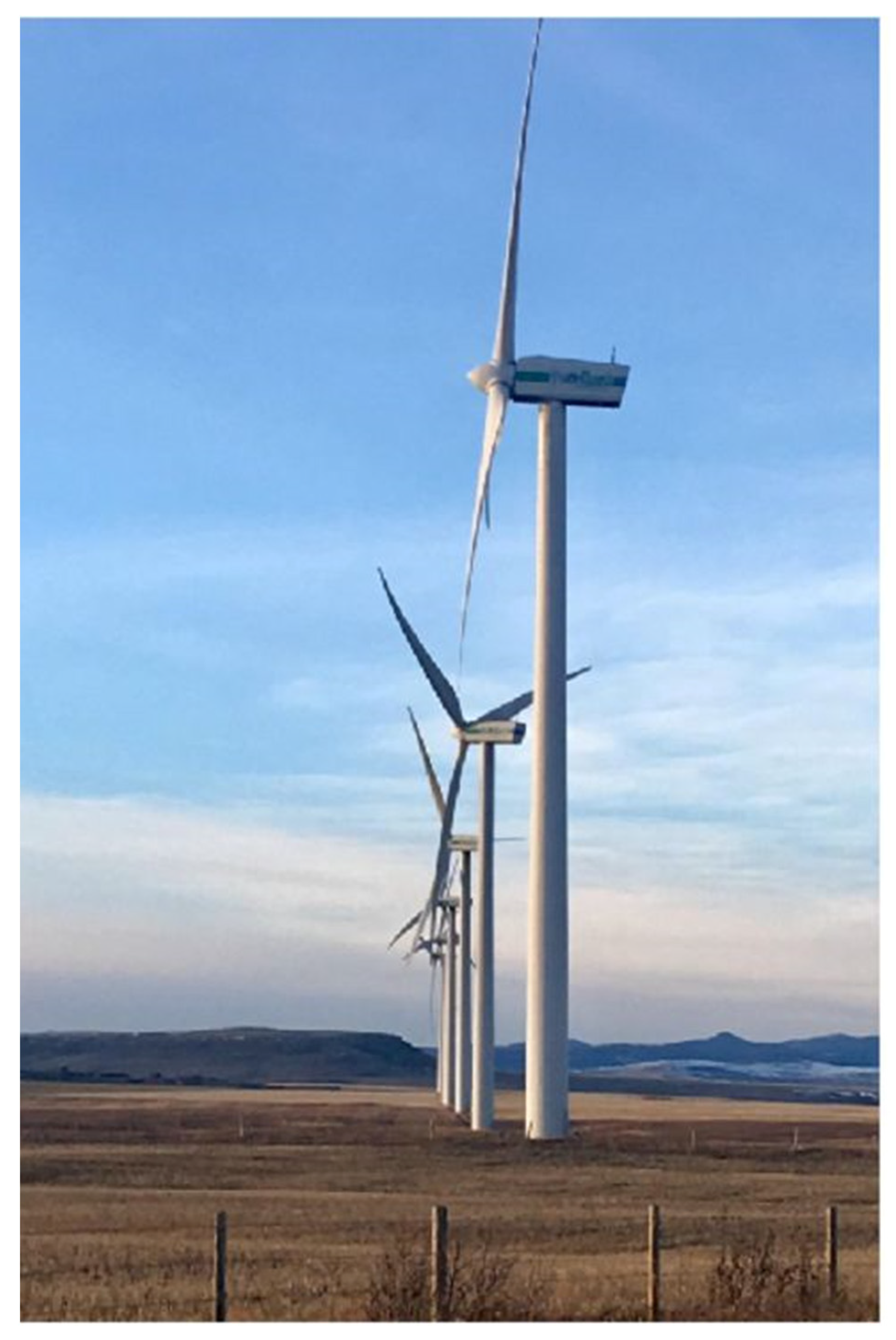
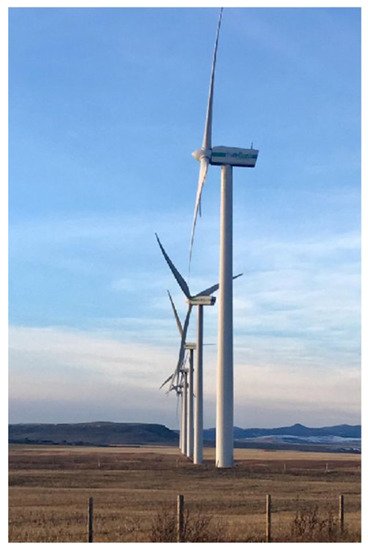


As of 2016, the installed capacity of wind energy in the European Union was 209.6 GW, of which 165.9 GW were from onshore installations and 43.9 GW were from offshore installations [89][130]. The current installed capacity of onshore wind energy in the European Union is approximately 169 GW [90][131]. It is estimated that by 2050, the installed capacity of wind energy and other renewable sources of energy will contribute to the highest proportion of energy mix amongst European Union member states [91][92][132,133].
5.2. Technology Transfer and IPR Challenges
For many decades, developed nations among the European Union member states have been the custodians of wind energy technologies [93][135]. On the other hand, developing nations inside and outside the EU, such as China, India, and Brazil, have been the recipients of these technologies [94][95][96][136,137,138]. Nevertheless, their participation in the research and development of such technologies has been minimal [97][139]. After the Kyoto protocol, there has been successful wind energy technology co-operation amongst EU member states, and among EU and Asian countries (such as the co-operation between Germany and China). A good example is the co-operation between the EU and India [98][140]. However, not all technology co-operations have been successful [99][141].
From the discussion above, the main issue hindering wind energy technology transfer amongst EU member states, and from EU members to other nations outside the EU, is intellectual property transfer with a focus on who should bear the cost associated with sharing the technology [100][101][142,143]. Developed nations are unwilling to share their wind energy technologies because they feel that it is not in their best interest with regards to innovation. Furthermore, they feel that if they must share, then it is the developing nations requiring the technology that should bear the associated costs [102][144]. Developing nations, on the other hand, argue exactly the opposite [103][145]. As a result, no agreement has been reached regarding the transfer of intellectual property rights associated with wind energy [104][105][146,147]. This lack of agreement has hindered the successful transfer of wind energy amongst EU member states [106][148].
5.3. Discussion on the Ramifications for the European Union
The ramification of this challenge is that there has been no successful wind energy technology transfer between Germany (i.e., a developed European Union nation) and India, thereby depriving the European Union of the benefits of technology sharing and transfer [107][149]. The main reason for this unsuccessful co-operation was that Indian technologies were being marked as completely different technologies in Germany [108][150].
Undoubtedly, there is a stalemate with regards to the transfer of wind energy amongst EU member states. This stalemate has hindered the full implementation of renewable energy technologies amongst European member states [109][151]. Developed nations are not willing to enhance the transfer of wind technologies (which most of them hold) to the less-developed nations in the EU [110][152]. It is because of this reason that the correlation between renewable energy intellectual property rights and the implementation of renewable energy among EU member states is divergent [111][153]. Nations with larger GDPs tend to have a larger number of renewable energy patent applications and larger investments in renewable energy, while the opposite is true for smaller nations (nations with smaller GDP per capita). This is evidence of a lack of technology transfer amongst EU member states [112][154].
It is therefore recommended that, to enhance technology transfer, the UNFCC Article 4.5 be applied, according to which developed nations, to all practicable steps, should facilitate, finance, and promote the transfer of clean energy technologies and intellectual property rights to other nations, especially to developing nations.
6. Marine Renewable Energy
6.1. The Technology
Marine renewable energy often comes from six sources, namely: tidal currents, ocean currents, waves, salinity gradients, tidal ranges, and ocean thermal energy conversion [113][155]. These marine energy sources are often research and development intensive, and most are in the demonstration or prototype stage [114][156].
Currently, the global installed capacity of ocean renewable energy is approximately 77 million MW. Countries like Australia, the United Kingdom, Germany, France, South Korea, the Netherlands, China, Canada, and others have already installed varying amounts of marine renewable energy technologies [115][116][157,158]. With the current campaigns towards adopting renewable sources, it is expected that the installed capacity of these renewable sources of energy will increase in the future [117][159]. Figure 410 depicts an artist illustration of the futuristic OpenHydro marine current turbine [118][160].
6.2. Technology Transfer and IPR Challenges
One of the major challenges affecting the technology transfer of marine renewable sources of energy is that these technologies are still young and most of them are yet to be refined. This means that they are still in the prototyping and developing stage [119][161], and thus are not ready for use by the masses. As a result, the custodians of these technologies are unwilling to share their technologies with the masses, regardless of the amount of cash being offered. They feel that sharing the intellectual property rights of non-refined technology may lead to them losing control of the technology and any benefits that may be associated with it [120][162].
Another major barrier associated with technology transfer in marine renewable sources of energy is the disagreement regarding who should bear the costs associated with sharing intellectual property rights [121][163]. On one hand, nations that have already developed and are implementing marine energy technologies (most of which are developed EU member states and have invested heavily in research and development) feel that sharing the technology without proper cash involved will hurt their research and development industry [122][164]. That is, their scientists will be unwilling to invest their time in developing new technologies. On the other hand, nations in need of these technologies (most of which are developing EU member states) feel that it is their developed counterparts who should bear any costs associated with the transfer of marine energy technologies [123][165]. This stalemate that hinders the transfer and mass implementation of renewable sources of energy amongst EU member states has already been discussed.
6.3. Discussion on the Ramifications for the European Union
From the discussion above, it is observed that there is a stalemate amongst European Union member states regarding who should be responsible for the transfer of intellectual property rights associated with marine energy technologies [124][166]. This disagreement has resulted in the slow implementation of marine energy renewable sources among EU member states, and fewer investments in marine-based renewable sources across the European Union [125][167]. To deal with this challenge, an amicable agreement amongst the EU member states needs be reached on how to safely release this technology [126][168].
It is also observed that most of the technologies associated with marine energy are not fully refined as they are still being developed. This means that, as already tmentioned in Section 7.2, the technology is not yet ready for the market and use by the masses [127][169]. As a result of this, the implementation of marine renewable energy technologies amongst EU member states is not widespread.

